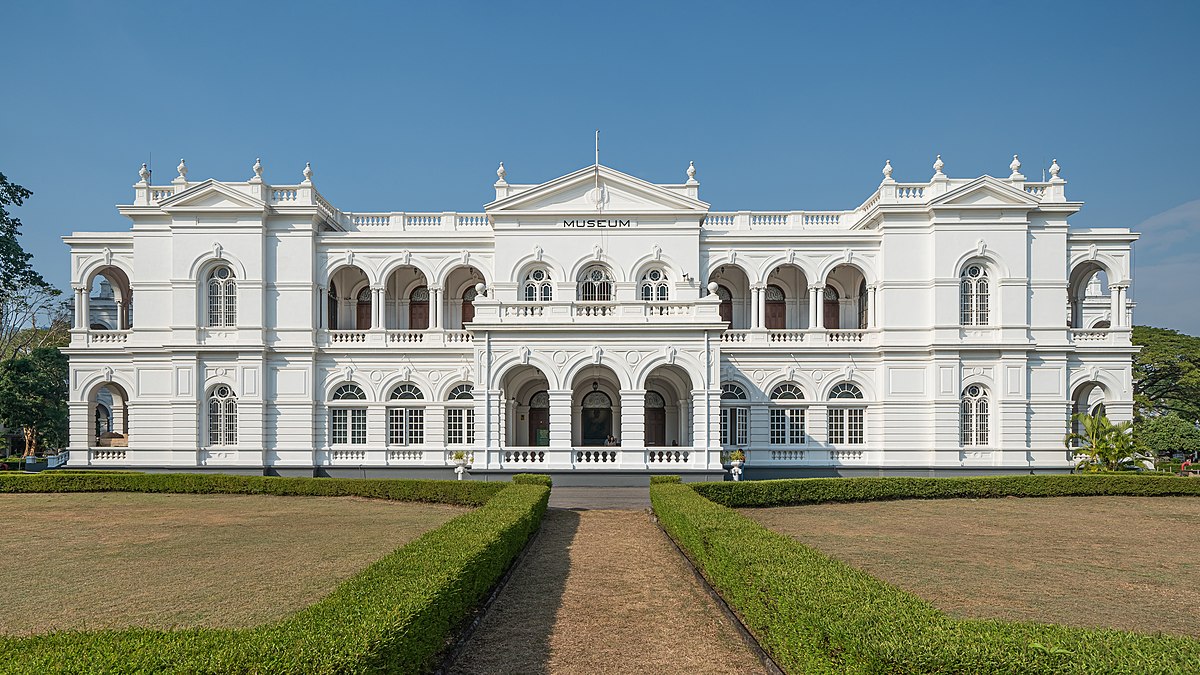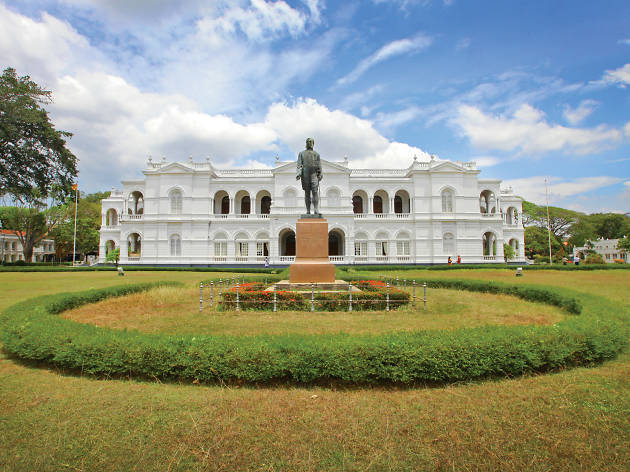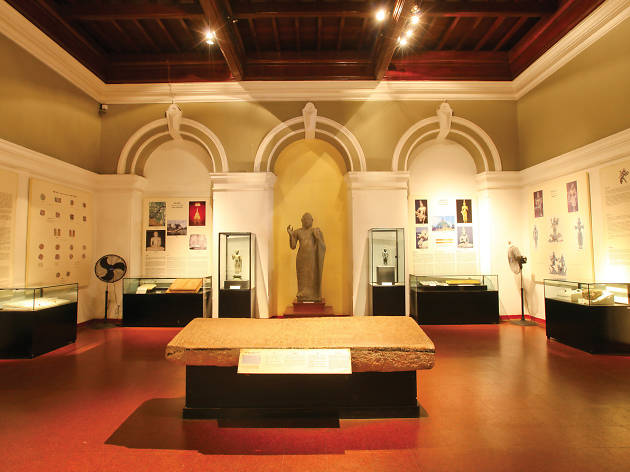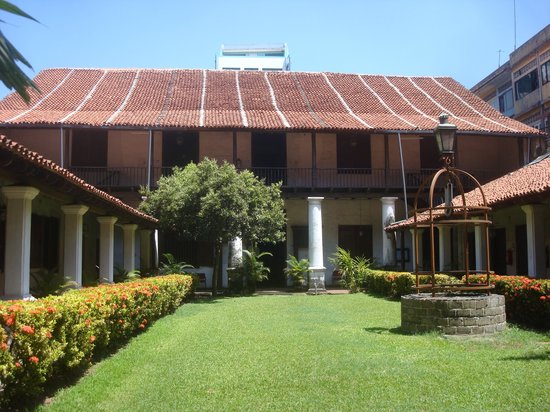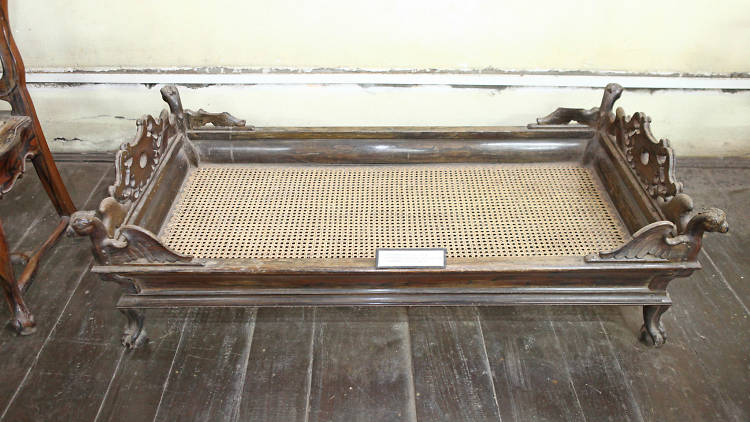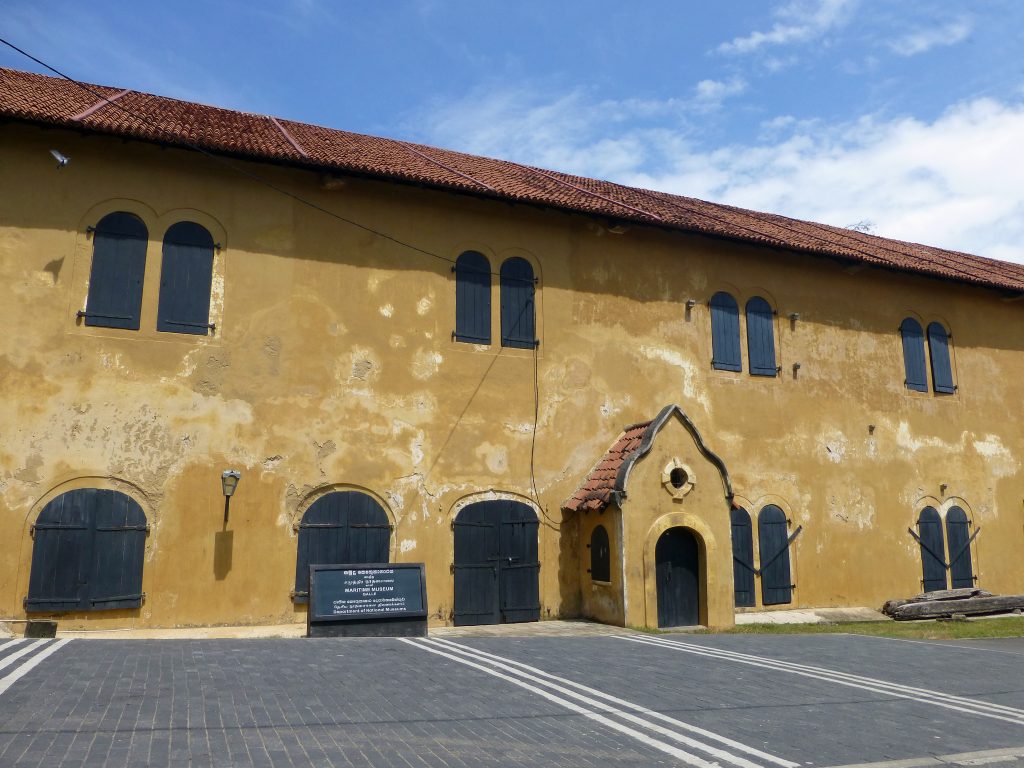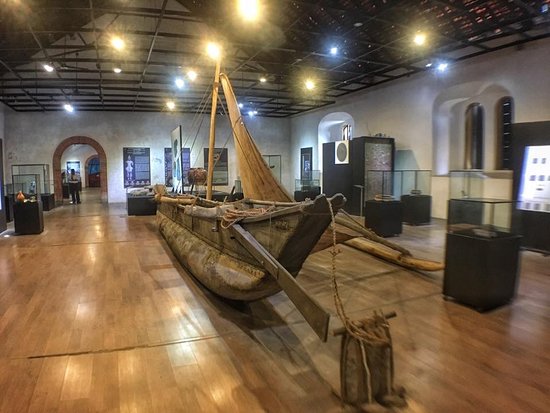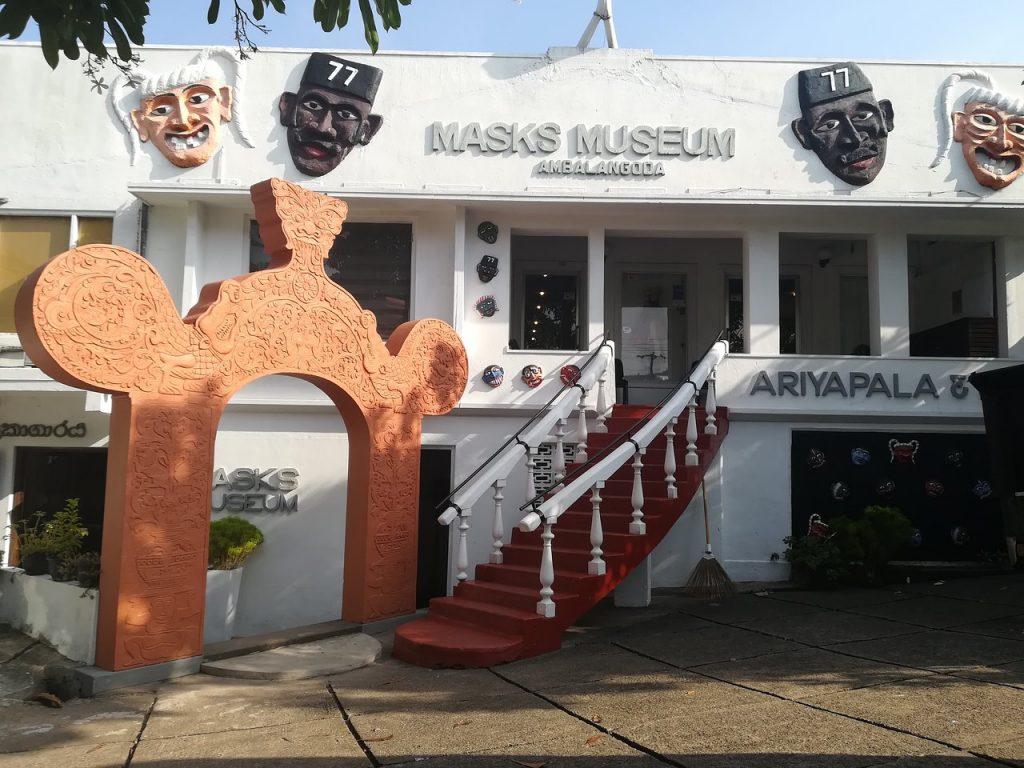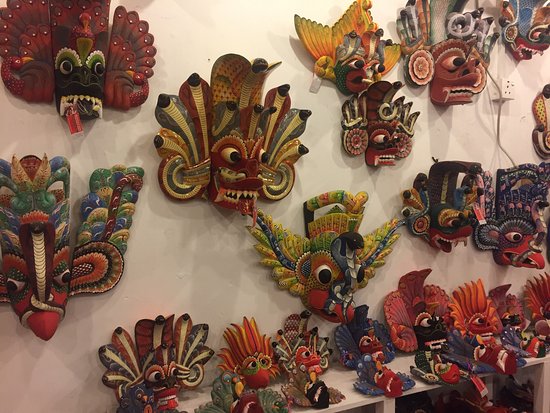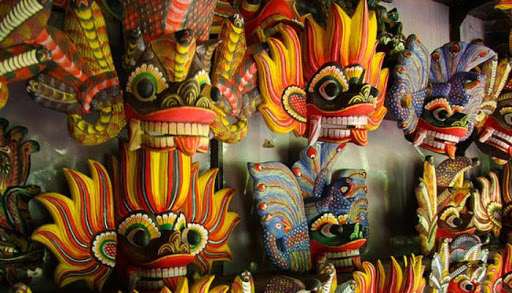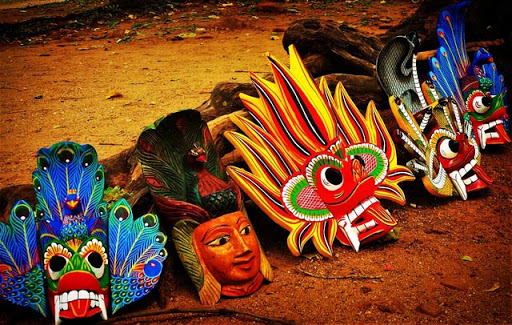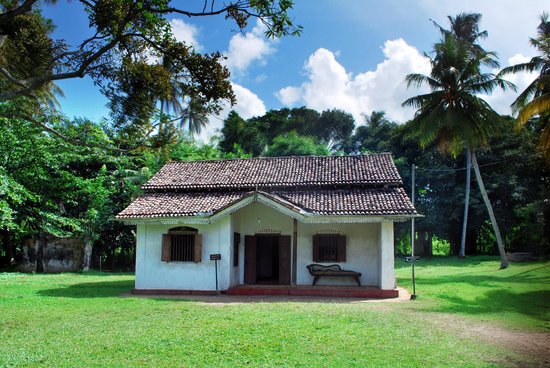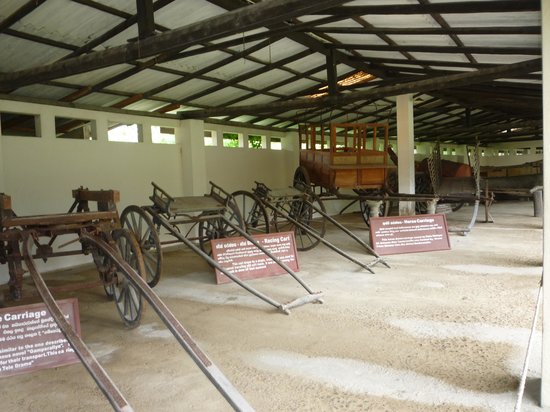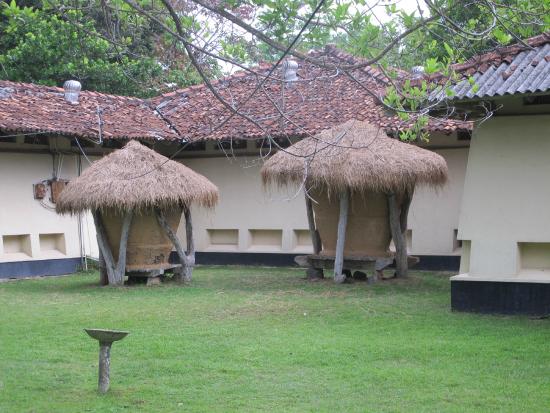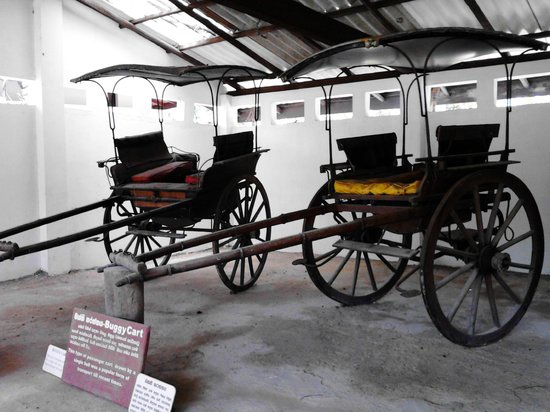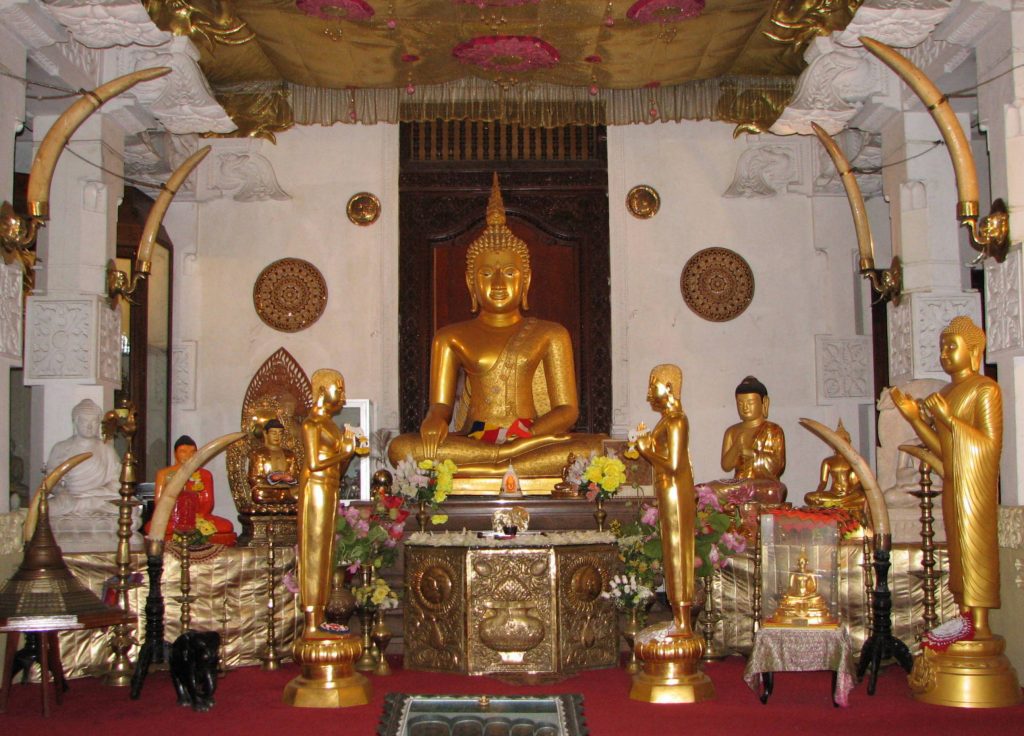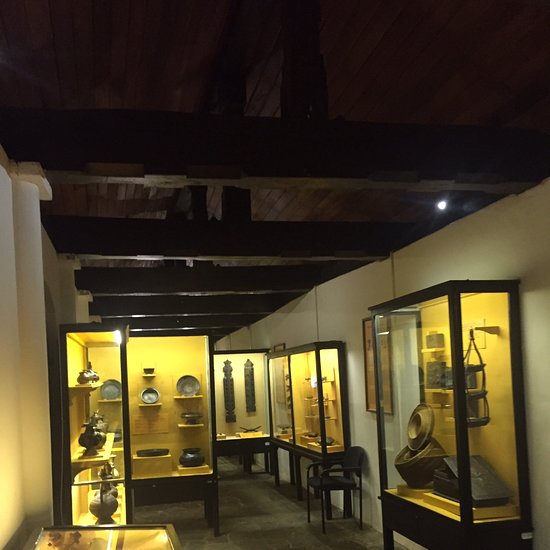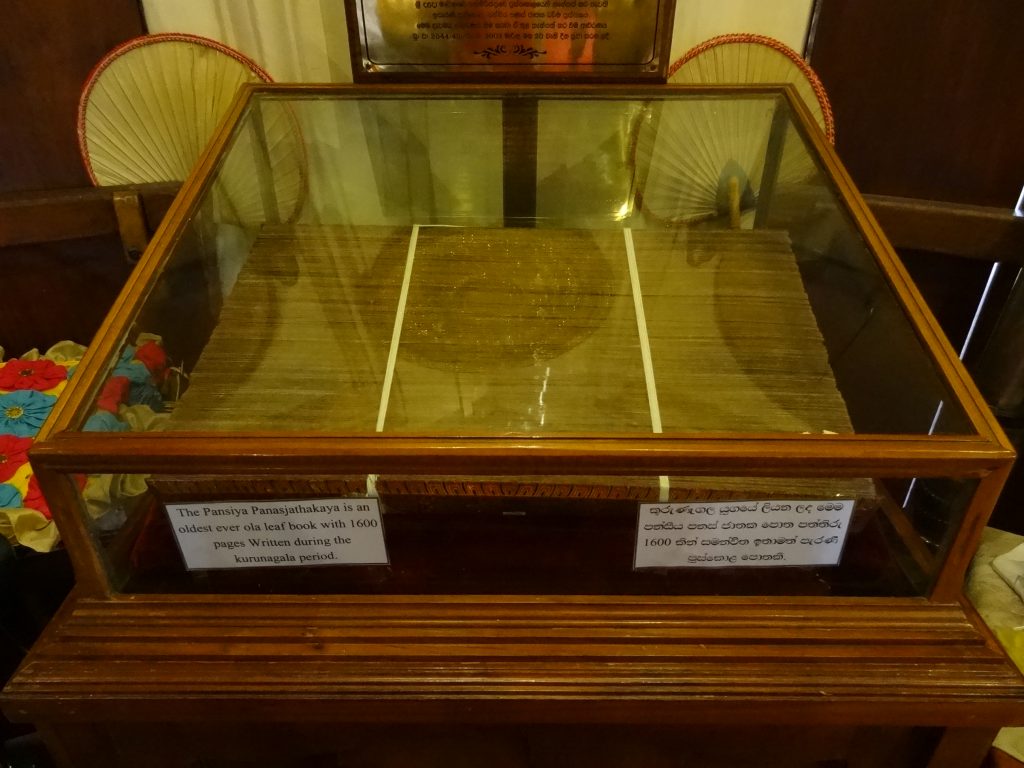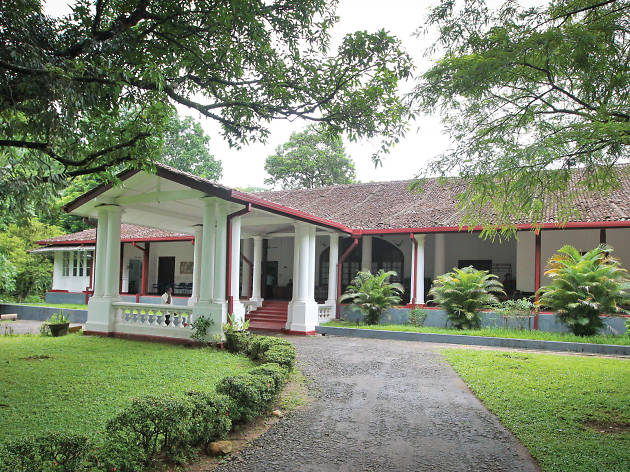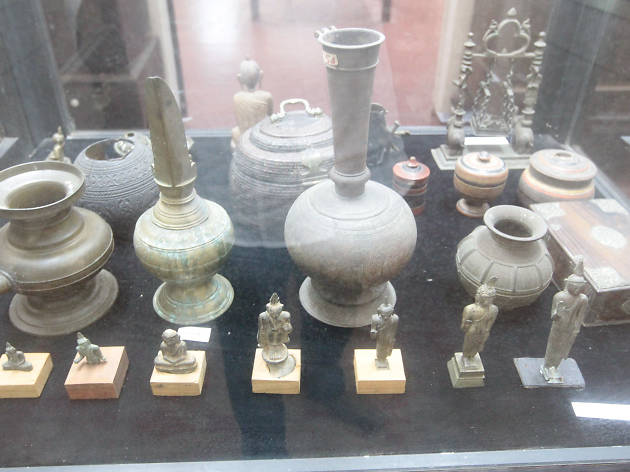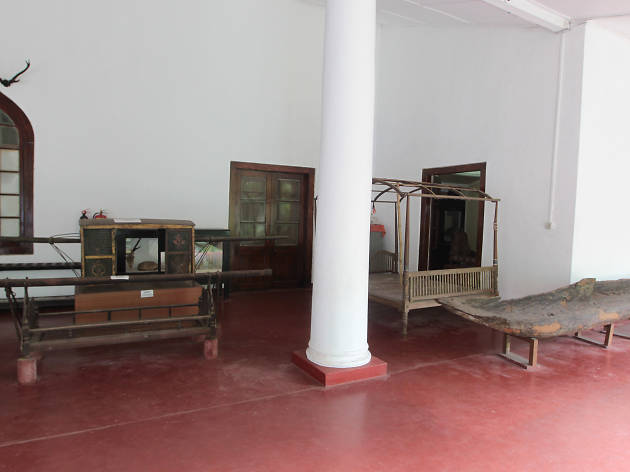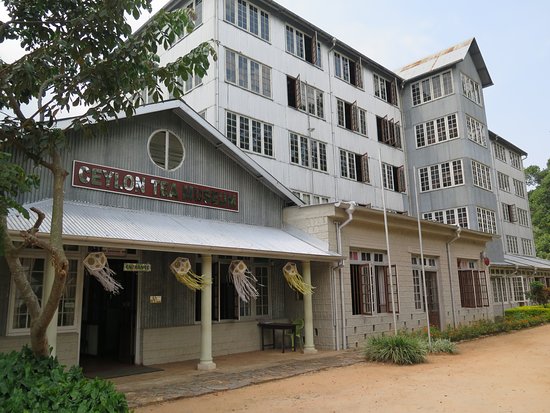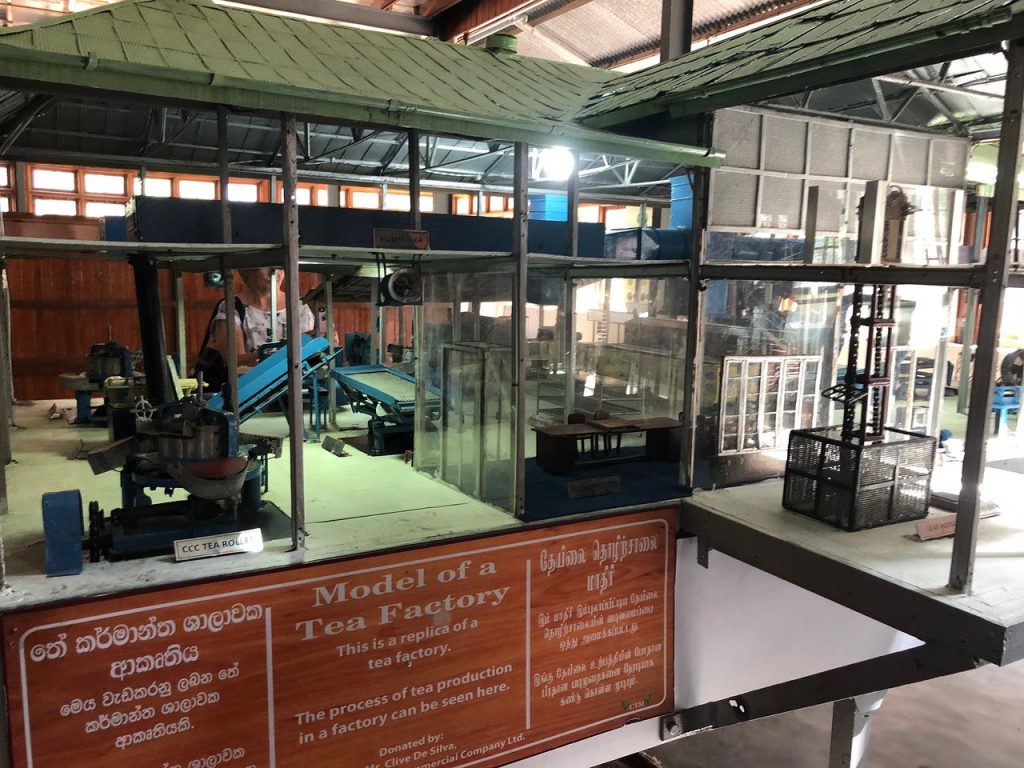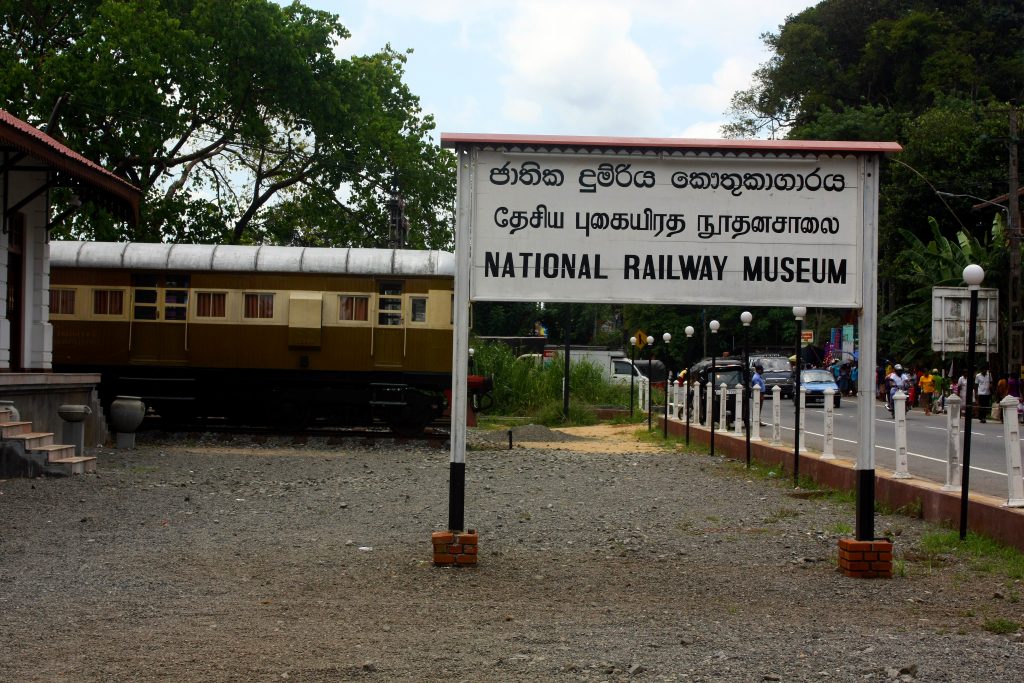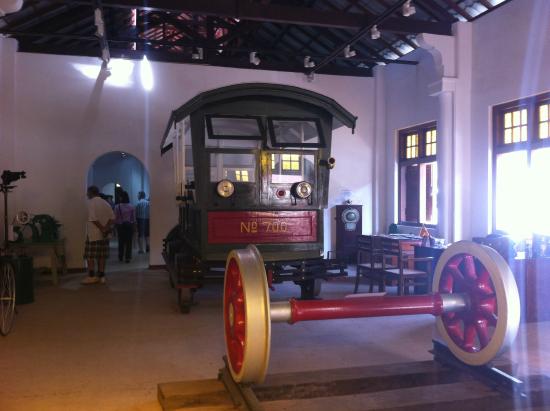Sri Lanka, as we all know, is a country that is rich in history, culture, and heritage. Museums are the most insightful way to deeply explore the history. Artifacts that belong to different eras from the recent and distant past are housed in the many museums across the country. Each museum has its specialized collection of artifacts in telling a story of what Sri Lanka was like in the past. Let us look at a few of the most popular museums in Sri Lanka.
Colombo National Museum
Holding the titles of being the oldest, largest and most popular museum in Sri Lanka, the Colombo National Museum should be a must-visit on your Sri Lanka holiday itinerary. Constructed in 1877, this museum is housed in a grand colonial building. Here are some artifacts that can be found at the Colombo National Museum:
- Over 4000 palm leaf manuscripts
- Ancient royal regalia
- Jewelry from bygone eras
- Ancient artwork
- Traditional masks
- China
- Temple frescoes
How to get there: Colombo 07, also known as ‘Townhall’ is the directions you have to give your cab driver to get to the National Museum in Colombo. Sir Marcus Fernando Mawatha is the name of the road and these massive Italianate colonial-style premises are hard to miss.
Dutch Museum
Bang in the middle of the trading hub of Colombo is the Dutch Museum – a specialty worth discovering. The venue of this museum is said to have once been the residence of Count August Carl Van Ranzow. The ancient architecture of the building is magnificent in itself. In addition to that, witness contemporary life and culture of the Dutch colonial era through items such as:
- Dutch era furniture
- Costumes
- Coins
- Weaponry
How to get there: Amid the hustle-bustle of Pettah, Colombo 11, walk to Prince Street and look around for an old Dutch colonial-style building.
Maritime Museum Galle
Galle is a location that is almost always included in any holiday itinerary of Sri Lanka. So while you are strolling through the Galle Fort, take some time to visit the Maritime Museum of Galle. This is yet another museum transformed from an ancient Dutch building. The highlights here are valuable insights into marine history, including boat models and ship-wrecks that are about a hundred years old.
- Artifacts related to marine biology
- Diagrams to exhibit local fishing methods
- Deep-sea fish
- Corals
- Seagrass beds
How to get there: Galle is about two hours from Colombo (146km), the fastest route being through the southern expressway. The Galle Fort is located at the heart of the city, and exploring the fort will bring you to the Maritime Museum located in this area.
Mask Museum Ambalangoda
Masks are a popular cultural heritage in Sri Lanka. Along the western and southwestern coast, many mask artisans put their trades on display. This particular mask museum in Ambalangoda, owned by Ariyapala and family, is an important landmark famous for expert mask carving and culture. Alongside the museum is a workshop and a small library, serving as a center for traditional arts and crafts, and is probably the best place to get your fill of masks in Sri Lanka. The Ambalangoda mask museum features a colorful range of wooden masks that are very intricately carved and have been used in exorcism and religious rituals in Sri Lanka for many centuries.
How to get there: About 100km south of Colombo, Ambalangoda can be reached via the southern expressway in about two hours. Exit the Highway in Ambalangoda (B14) and head towards the Galle-Matara main road to reach the Ariyapala Masks Museum.
Koggala Folk Museum
Also known as the Martin Wickramasinghe Koggala Folk Museum complex as respect to the birthplace of famous Sinhalese writer who wrote an award-winning biography on Lord Buddha. A diverse collection of exhibits, arranged under 25 categories are well displayed with information in English. Some of the categories include:
- Folk music, costumes, and instruments
- Rare handicrafts
- Puppets
- Dance masks
- Cottage industries
- Folk medicine
- Carriages
- Buddhist artifacts
How to get there: Koggala is a town about 10km passing Galle, along the southern coast and can be reached in about two and a half hours via the southern expressway. Exit the highway in Galle and get onto the Galle-Matara main road. The Martin Wickramasinghe Folk Museum is located within the Koggala Free Trade Zone, which is a few minute’s walking distance from the Galle-Matara main road. Look out for the 131km post on the main road, which is right across the Fortress Hotel in Koggala.
Sri Dalada Museum, Kandy
Adjacent to the Temple of the Sacred Tooth Relic in Kandy is the Sri Dalada Museum. Visitors from all over the world come to pay tribute to the Sacred Tooth Relic and then stop at the museum. As a tribute to the Sacred Tooth Relic, visitors bring valuable gifts which are housed in this museum. You will see gifts from presidents and Buddhist leaders from across the world. There are letters and diary entries from the British era that show the respectful attitude of the colonizers’ towards the tooth relic. Furthermore, daily rituals of the Dalada Shrine produced some historical artifacts which are housed here.
How to get there: Kandy is about 123 km from Colombo, and there is the A1 highway known as the main Colombo-Kandy road which is most frequently used to get to Kandy. Total travel time is about three and a half hours. Get to the Kandy center – Sri Dalada Veediya, then drive to D. S. Senanayake Veediya for about half a kilometer to get to the Royal Complex of the Sacred Tooth Relic.
Ehelepola Museum, Rathnapura
Ehelepola Walauvva is where the National Museum of Ratnapura is housed. This is because it once belonged to Ehelepola Nilame, who is a hero in the country’s fight against colonial invaders. The artifacts displayed at the National Museum of Ratnapura include:
- Prehistoric archeological inventions
- National heritage
- Weaponry (includes guns used during the First World War)
- Traditional Kandyan Jewelry
- Cooking utensils of the region
- Zoological exhibits
- Geological exhibits
- Anthropological exhibits
(related to the Sabaragamuwa Province)
How to get there: From Colombo, get to Ratnapura via the Bandaragama exit on the Southern Expressway (E01), and then continue onto A8: Ratnapura – Horana – Panadura highway, and then drive to Outer Circular Road. The distance is about 114km and travel time is approximately two and a half hours from Colombo.
Ceylon Tea Museum, Hantana
The Ceylon Tea Museum in Hantana was established in 1925, a transformation of what was once known as the Hantana Tea Factory. From the process of planting the tea tree to the point of the finished product that is sold for consumption, this museum provides valuable insight into the entire manufacturing process.
- The ground floor and second-floor exhibit machinery that was used in making tea.
- The first floor has a library and an auditorium that facilitates audiovisual presentations.
- The third floor is a tea sales outlet with a selection of the finest tea.
- The fourth floor is a tea café with a panoramic view of the Knuckles Range and Kandy town.
How to get there: Hantana is about 4km south of Kandy, on the Hantana Road. Kandy is about a 3 and a half-hour drive from Colombo on the A1: Colombo – Kandy highway.
Railway Museum
In commemoration of 150 years of railway services in Sri Lanka, the National Railway Museum was opened in December 2014. The exclusive collection of artifacts is bound to impress both young and old.
- Ancient railway equipment
- Locomotives
- Engines
- Trolleys
- Carriages
- Memorabilia
- An ancient sundial displaying a model of electrically operated trains
How to get there: If your holiday in Sri Lanka includes a Colombo-Kandy route, the National Railway Museum can be easily accessible on the A1 – Kandy Road.

